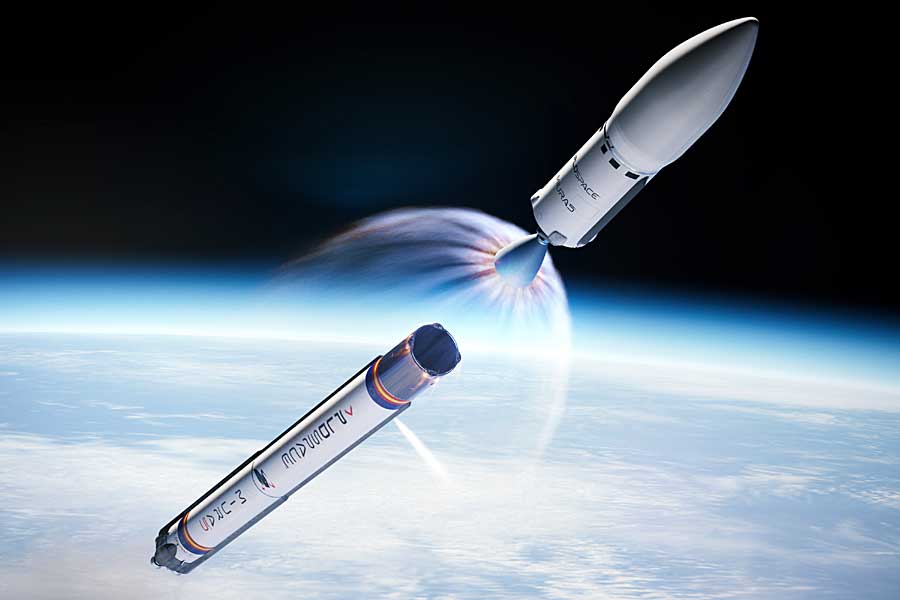PLD Space secures its first GNC (Guidance, Navigation and Control) contract with ESA to develop a new hybrid navigation system.
~
Press Release, Elche, 17 September 2025: [auto-translated] PLD Space, an international space transportation company, has been officially selected by the European Space Research and Technology Centre (ESTEC), part of the European Space Agency (ESA), for its first Guidance, Navigation and Control (GNC) contract. Under this agreement, the company will develop HALCÓN (Hybridization Algorithms and Low-cost Components for Optimized Navigation), a new hybrid navigation software for reusable launchers.
The project has been approved under NAVISP/Element 2, a key ESA initiative to strengthen European competitiveness in Positioning, Navigation and Timing (PNT) technologies. The contract, with a total budget of €995,705, will be equally co-financed by ESA and PLD Space, which will retain ownership of the final development.
A key navigation system for European reusability and autonomy: The HALCÓN project aims to develop advanced software that combines inertial measurement unit (IMU) data with global navigation satellite system (GNSS) signals to achieve precise navigation during rocket launch and landing, a critical capability for reusable launchers such as MIURA 5 and MIURA Next.
Traditionally, IMU-based systems alone have been expensive, less accessible, and less accurate during prolonged operations. By integrating GNSS signals (such as Galileo or GPS), PLD Space will develop its own, more affordable and accurate system optimised for controlled landings, an essential step toward advancing the reusability of space vehicles.
“This project represents a strategic step in the development of our own navigation capabilities. Thanks to ESA’s support, we will be able to improve precision in landing manoeuvres, reduce dependence on external systems, and move toward the future incorporation of autonomous flight termination technologies in Europe,” emphasised Raúl Verdú, co-founder and Director of Business Development at PLD Space.
The proposal was selected in the Spanish NAVISP call, launched in November 2024 by the Spanish Space Agency (AEE) and ESA. The call invited national industry to propose innovative projects in the field of PNT. The PLD Space contract is the result of a rigorous technical and commercial evaluation and has been highly valued for its alignment with market demand, the competitiveness of the solution, and the solidity of its commercialisation strategy.
Technological foundation for future European access to space: The HALCÓN system will offer centimetre-level positioning accuracy, improving both safety and operational efficiency. It is based on Commercial Off-The-Shelf (COTS) components, which significantly reduces development costs compared to traditional high-end solutions.
This technology will not only improve the reliability and sustainability of space transportation, but will also pave the way for future capabilities such as a European Autonomous Flight Termination System (AFTS), which has not yet been authorised on the continent. This capability is critical for increasing flight autonomy and mission safety in complex scenarios, while positioning Spain as a leader in next-generation launchers.
The development will be carried out entirely by PLD Space’s engineering team, with technical support from ESA, and will be integrated into the company’s technological roadmap, aligned with its reusability and operational autonomy plans for 2030.
~





















